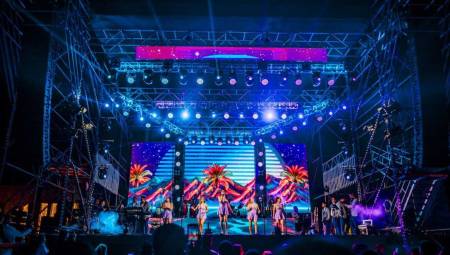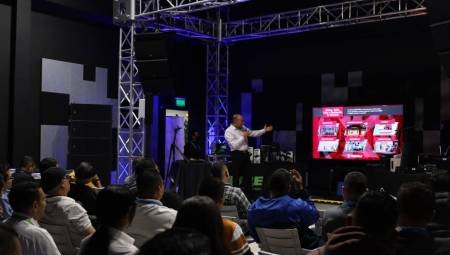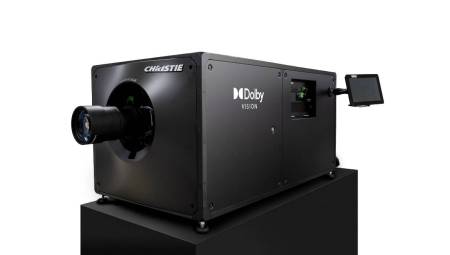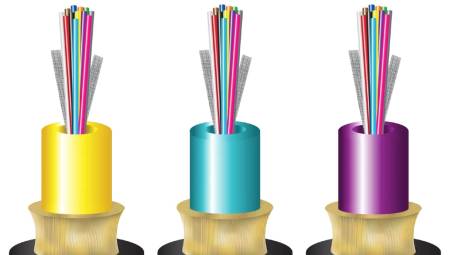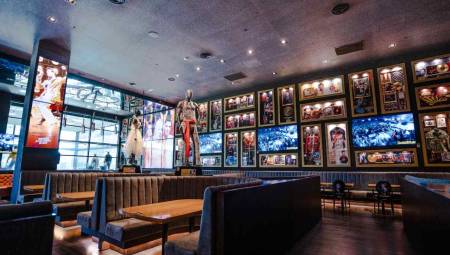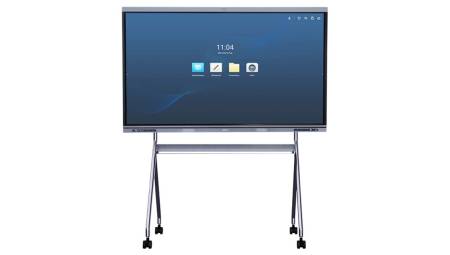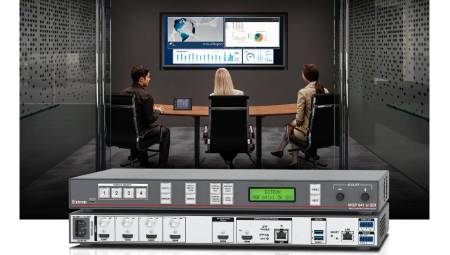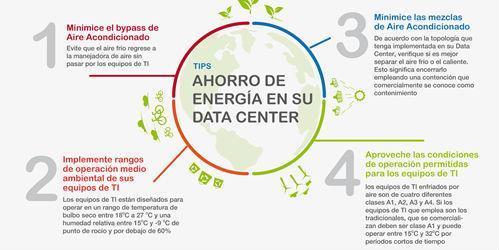 Latin America. The increase in the planet's temperature has made Ingeal aware of its responsibility to develop technologies that mitigate the greenhouse effect created by the use of substances with high global warming potential GWP.
Latin America. The increase in the planet's temperature has made Ingeal aware of its responsibility to develop technologies that mitigate the greenhouse effect created by the use of substances with high global warming potential GWP.
The effects of behavior become evident in more intense summers and winters; like the child who is living with great rigor in Colombia. If the exploitation of natural resources continues, human survival as a species will be greatly compromised. With this panorama, the company is developing new technologies for buildings and data centers that aim to improve the performance and efficient use of energy.
Therefore, Ingeal proposes four tips to save energy efficiently in a data center in order to improve the energy efficiency of the physical infrastructure.
1. Minimize the Air Conditioning bypass: The idea is to prevent cold air from returning to the air handler without going through it equipment. The air processed by the air conditioning equipment must go directly to the IT equipment, to absorb the heat generated by them and then return hot to the air conditioning equipment, using a distribution of equipment with cold aisles and hot corridors. Eliminate air bypasses by using blind panels in the cabinets (racks) where IT equipment is housed. Also use brushes on the cable outlets to the racks. These two elements are economical and easy to install.
2. Implement the environmental operating ranges of your IT equipment following ASHRAE recommendations (2): IS IT equipment designed to operate in a dry bulb temperature range of 18? C to 27 ? C and a relative humidity between 15? C and -9 ? C dew point and below 60%. This temperature is the entrance to the IT equipment (cold aisle). In the past, data centers operated in very low temperatures, so the energy consumption of air conditioners was very high. Measure the operating conditions of your equipment (use either wireless or wired temperature probes and store this information). Remember that to minimize the risks of service interruption when an Air Conditioning unit fails, you must implement a redundancy scheme. Before you make a change, "measure."
3. Minimize Air Conditioning mixtures: According to the topology you have implemented in your Data Center, check if it is better to separate cold or hot air. This means locking it up using a containment that is commercially known as containment. Cold aisle or hot aisle containment is popular. I always recommend my clients to do an analysis with a CFD (Computational Fluid Dynamics) type simulation software in order to avoid surprises when implementing a proposal. For this help you need a qualified professional in the subject.
4. Take advantage of the permitted operating conditions for IT equipment established by ASHRAE (2): Since 2008 air-cooled IT equipment is of four different classes A1, A2, A3 and A4. If the IT equipment you use is the traditional one, which is marketed must be class A1 (check with the manufacturer to verify the environmental class of your equipment) and can operate between 15? C and 32? C for short periods of time, temperature excursions outside the ASHRAE recommended range to the allowed range allow you to save energy. If your equipment is A2 can operate between 10? C and 35? C, class A3 equipment among 5? C and 40? C and the A4 between 5? C and 45?C.
3. Minimize Air Conditioning mixtures: According to the topology you have implemented in your Data Center, check if it is better to separate cold or hot air. This means locking it up using a containment that is commercially known as containment. Cold aisle or hot aisle containment is popular. I always recommend my clients to do an analysis with a CFD (Computational Fluid Dynamics) type simulation software in order to avoid surprises when implementing a proposal. For this help you need a qualified professional in the subject.
4. Take advantage of the permitted operating conditions for IT equipment established by ASHRAE (2): Since 2008 air-cooled IT equipment is of four different classes A1, A2, A3 and A4. If the IT equipment you use is the traditional one, which is marketed must be class A1 (check with the manufacturer to verify the environmental class of your equipment) and can operate between 15? C and 32? C for short periods of time, temperature excursions outside the ASHRAE recommended range to the allowed range allow you to save energy. If your equipment is A2 can operate between 10? C and 35? C, class A3 equipment among 5? C and 40? C and the A4 between 5? C and 45?C.





